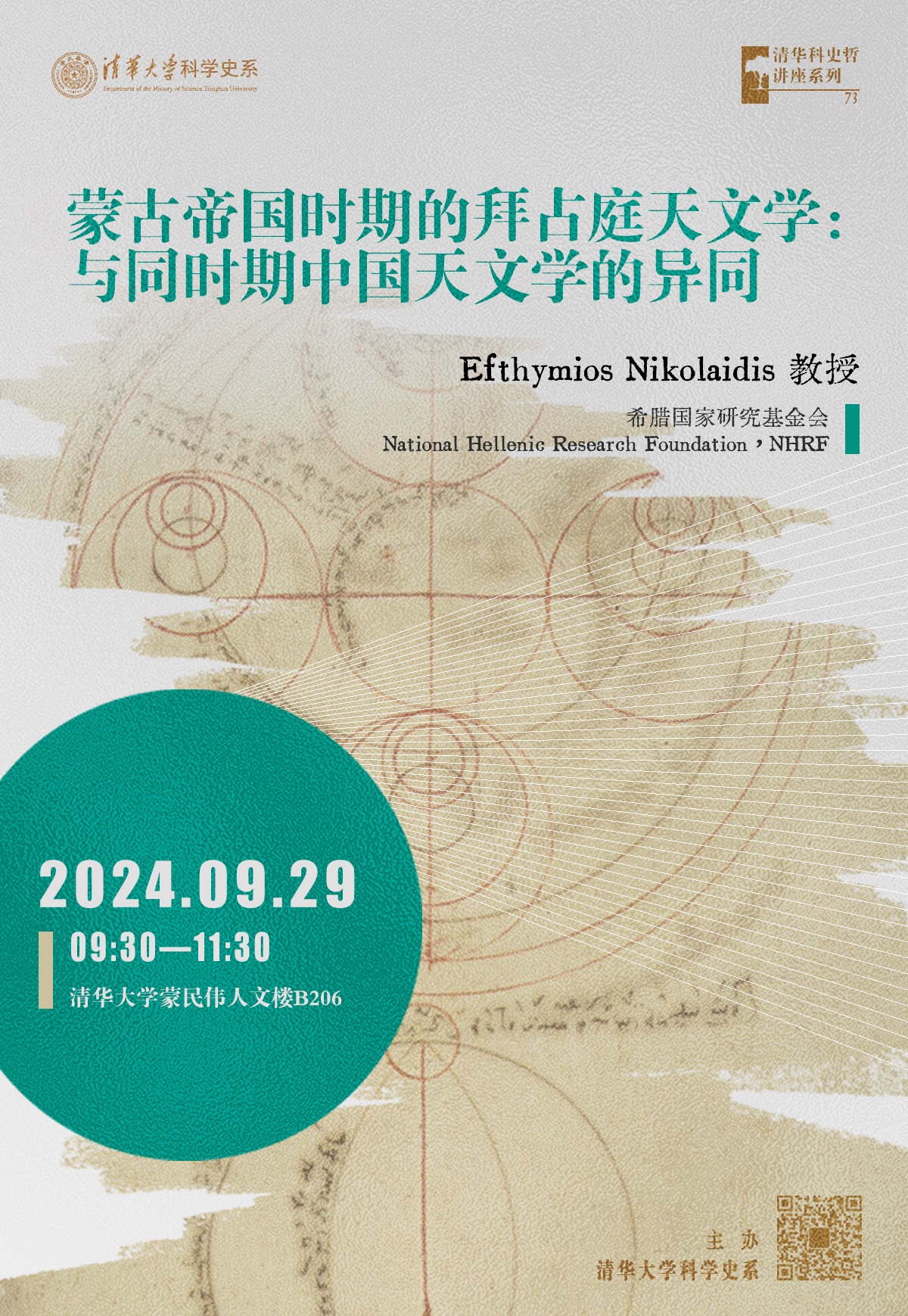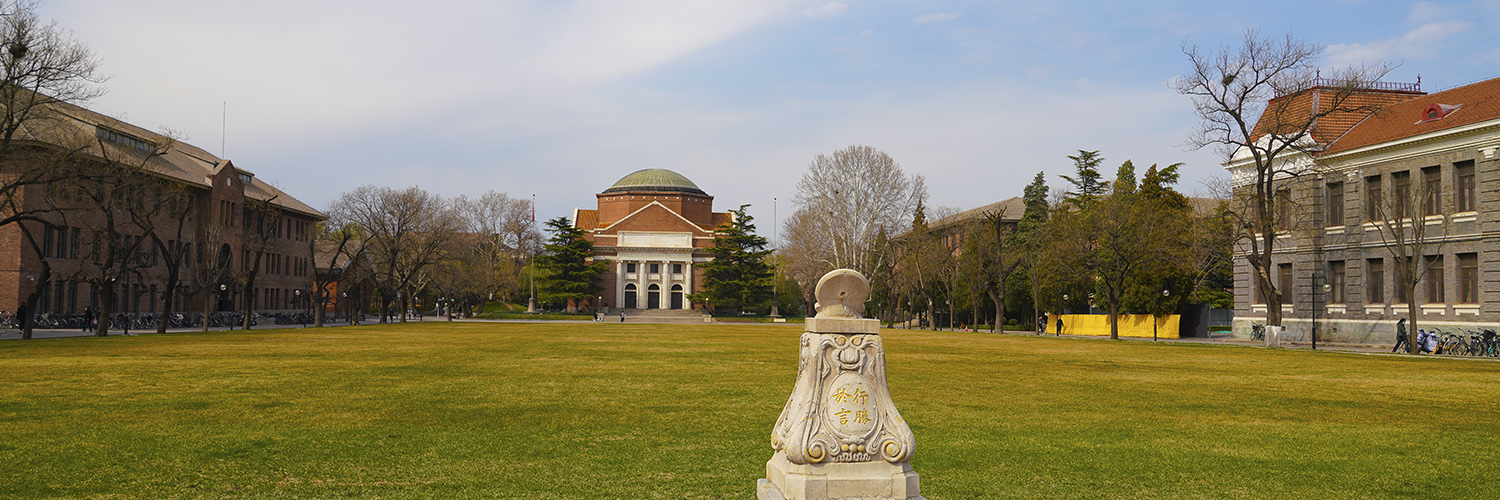主 题:蒙古帝国时期的拜占庭天文学:与同时期中国天文学的异同
主讲人:Efthymios Nikolaidis 希腊国家研究基金会(National Hellenic Research Foundation,NHRF)
时 间:2024年9月29日 9:30—11:30
地 点:清华大学蒙民伟人文楼B206

讲座摘要:
In 1300, Gregory Chioniades, a Byzantine scholar, obtained the support of the Emperor of Trebizond to travel to Tabriz for studying Muslim astronomy. There he was taught the astronomy developed at the Maragha Observatory by Shams Bukhari. Returning to Trebizond, Chioniades brought the following Islamic astronomical treatises: The Zîj al‛Alâ’î, the Zîj al-Sanjarî, unidentified tables starting in 1093, various shorter texts and figures according to the Tadhkira by Nasîr al-Dîn al-Tûsî. This corpus was translated into Greek and was the source of the “Persian astronomical tables” wrote by George Crysokokkes in 1347. These tables were developed in 1360 by Theodore Meliteniotes who taught them at the Patriarchal school of Constantinople. From the second half of the 14th century until the fall of Byzantium in 1453, “Persian astronomy” was taught together with Ptolemy.
In this lecture we will present the introduction of Islamic astronomical in Byzantium during late Byzantine period (the Palaiologan times), developed following the corpus brought from Mongol Persia by Chioniades. A similar astronomy was introduced by the Muslim astronomers in China. The Chinese empire had a different astronomical tradition from the Byzantine empire, which was based on the mathematical models of Ancient Greek astronomy and precisely Ptolemy.
主讲人简介:

埃菲思缪斯·尼古拉耶迪斯(Efthymios Nikolaidis,1954— ),希腊雅典人。1978年于法国巴黎第十一大学获物理学学士学位,1982年于法国社会科学高等研究院获科学史博士学位。现为希腊国家研究基金会(National Hellenic Research Foundation,NHRF)历史研究所名誉所长,于2013—2017年任国际科学史与科学哲学联盟科学技术史学会(The International Union of the History and Philosophy of Science and Technology, Division of History of Science and Technology,DHST/IUHPST)主席,2017—2021,2023年两次当选国际科学史研究院(International Academy of History of Science,IAHS)秘书长。


